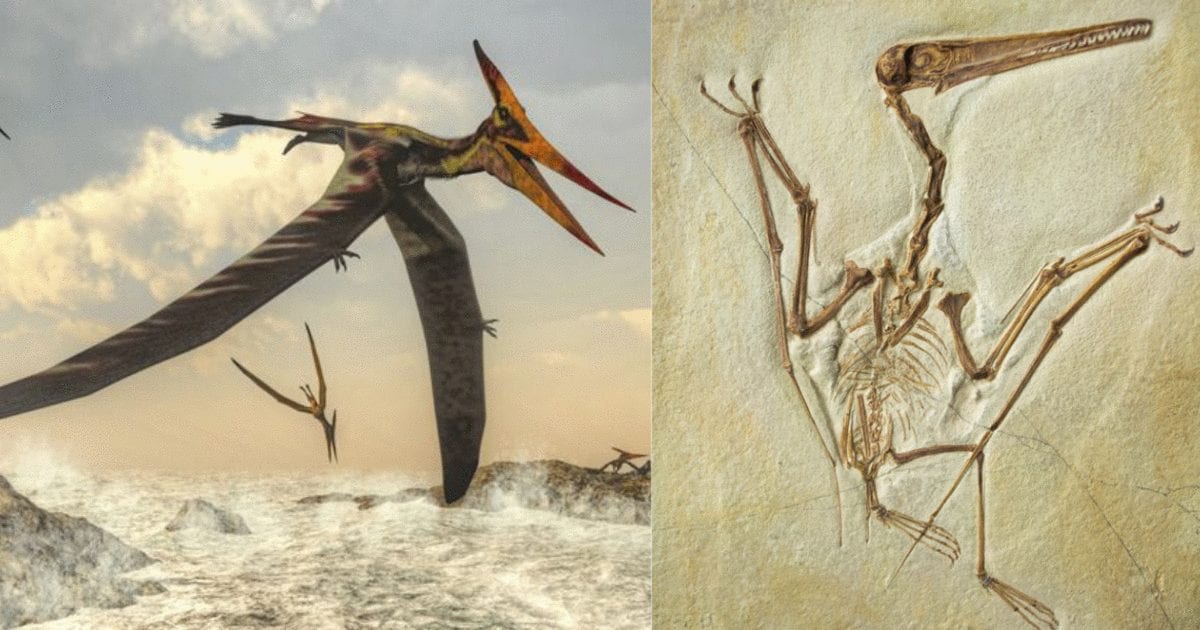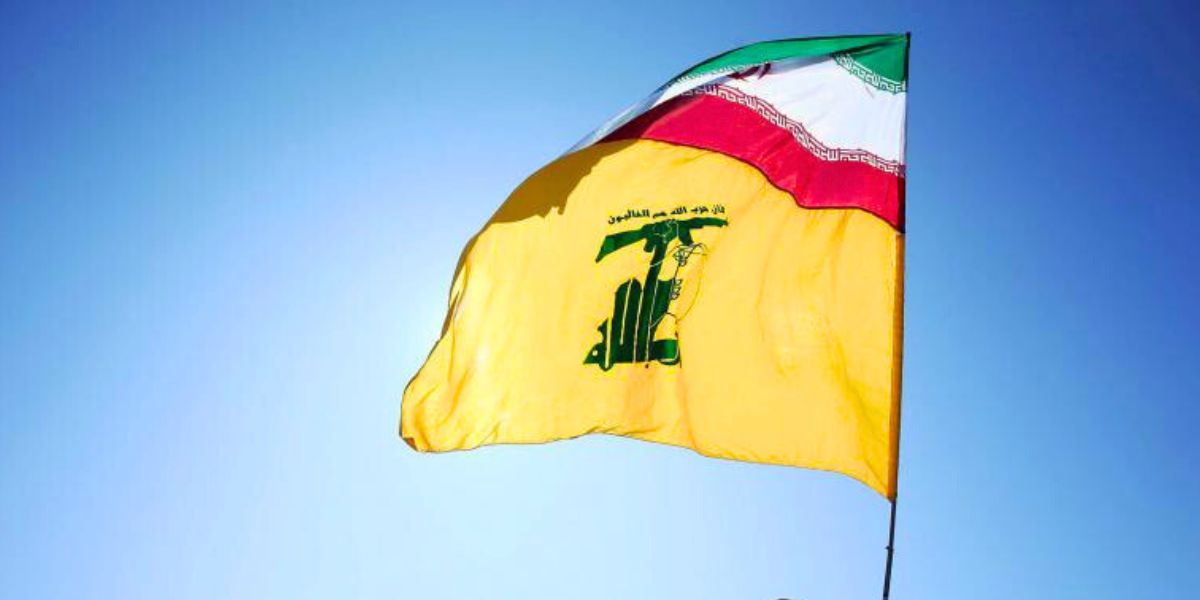Pterosaurs were reptiles that conquered the skies during the Jurassic and Cretaceous periods. Many scientists did not classify them as dinosaurs but rather as flying reptiles. In the 18th century, when they were first discovered according to National Geographic, they were referred to as the weirdest wonder on wings.
These wonder on wings were the first vertebrates to develop the ability to fly. Scientists believe that they inhabited the Tethys Seaway. Tethys Seaway is a body of water that was an ocean during much of the Mesozoic Era located between the ancient continents that are now Europe, North Africa, and Southeast Asia.
Scientists state that a Pterosaurs’s meal was crustaceans from the large reefs and lagoons. As all predators are also prey, a prehistoric shark is believed to be the predator of this huge bird, jumping out of the water catching the airborne dinosaur.
Scientists at the University of Alberta and the Museu Nacional in Rio de Janeiro, Brazil, have found a new kind of pterosaur in Lebanon, and named it “Mimodactylus Libanensis.”
These fossils originally collected from a limestone quarry in Lebanon have taken the researchers 15 years since their discovery to analyze them. The fossils are currently at Mineralogy Museum at Saint Joseph University in Beirut. These fossils date back to 95 million years ago!
This new finding led scientists to believe that there are as many species of pterosaur as there are of birds. In an interview with Phys.org, paleontologist Michael Caldwell said, “The diversity of these ancient animals was much greater than we could ever have guessed, and is likely orders of magnitude more diverse than we will ever be able to discover from the fossil record.”
This fossil was the first complete pterosaur from Lebanon. It led to new insights into the life of the 550 pound (249.48 kg), 30 feet (9.14 meters) dinosaur’s life. Pterosaurs species have been discovered all over the world, each with different characteristics, including in Queensland and in Utah only last year.




















